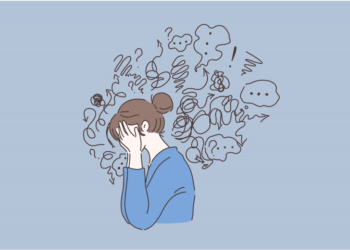If you’re of Chinese, Japanese or Korean descent, you’ll probably know that you turn red after a few drops of alcohol. This condition is called the ‘Asian flush’, and it happens to certain people of Asian descent after they’ve consumed alcohol.
We’ve all assumed that this flush is caused by the heat caused by the consumption of alcohol, but it’s actually the result of a deficient gene. The Asian flush is known to increase the risk of esophageal cancer.
Philip J. Brooks, an investigator with the Division of Metabolism and Health Affects at the National Institute of Alcohol Abuse and Alcoholism says the ‘Asian flush’ is common for about third of people from East Asian descent.
“It happens predominantly in individuals of Japanese, Chinese or Koren descent,” he says.
“People who have this flush will get a facial flush and a headache and will feel nauseous at the time they’re drinking. And it’s not flushing. They’ll also get an increased heart rate. It’s a pretty unpleasant experience”.
According to Brooks, some people have the genetic inability to properly metabolize alcohol (or ethanol) due to the enzymes in the liver, which is normally metabolized first into the toxic chemical acetaldehyde – an animal carcinogen that causes DNA damage and other cancer-promoting effects. People with the flushing response have a genetic deficiency in the alcohol-metabolizing enzyme ALDH2, which can lead to an accumulation of a toxic substance acetaldehyde.
“Individuals with this particular genetic disposition can’t metabolize it to the acetate,” says Brooks. “So it builds up in their body and causes the vasodilation which causes the flushing response.”
Brooks also says that people with the ALHD2 deficiency have a really high risk of getting esophageal cancer when the drink alcohol: “Anyone who drinks is at risk, but the more you drink, the more your risk goes up”.
Brooks added that while many people of Asian descent are familiar with the flush, too few realize it’s not just an inconvenience, but a red flag for one one of the deadliest cancers in the world.
So it’s time to spread the word, ladies!
[Source]











